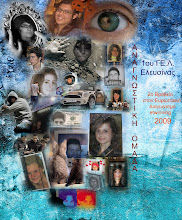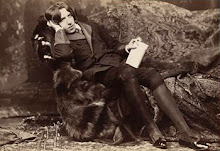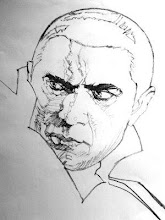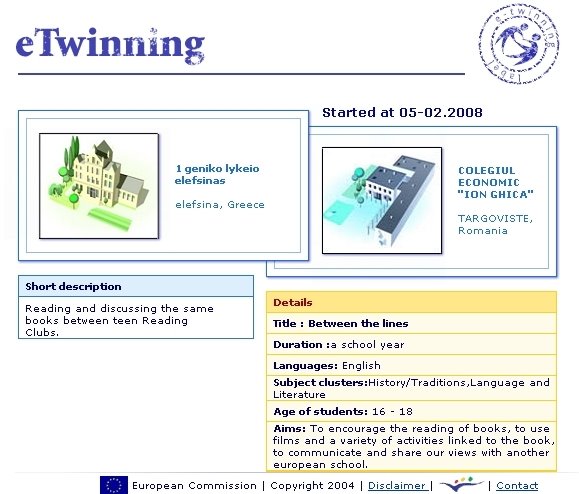
“I was not alone. The room was the same, unchanged in any way since I came into it. I could see along the floor, in the brilliant moonlight, my own footsteps marked where I had disturbed the long accumulation of dust. In the moonlight opposite me were three young women, ladies by their dress and manner. I thought at the time that I must be dreaming when I saw them, they threw no shadow on the floor. They came close to me, and looked at me for some time, and then whispered together.” Dracula, chapter 5
It’s the last Carnival week in Greece and kids at school dress up and have fun before the 40-day lent period that is a preparation for Easter.
Many customs go back to the ancient greek and roman era, but their survival and mutation enforcens social bonds within villages and towns.
A bookclub member is the perfect Dracula’s bride(s) (a modern version!) and revokes one of the most discussed excerpts in the book. The one we discussed last year in our etwinning forum, Johnathan’s seduction by Dracula’s bride who wanted to drink his blood. Here is the “beastly” side of human sexuality, the one that Plato in Phaedros compares to a lewd and ugly horse, that needs to be tamed by reason.
Στο τελευταίο διήμερο του Καρναβαλιού, οι μαθητές μας έρχονται ντυμένοι για να δώσουν μια γιορταστική νότα στο σχολείο. Μέλος της Λέσχης ήταν η ιδανική νύφη του Δράκουλα (εις τριπλούν), θυμίζοντας τις περσινές μας συζητήσεις πάνω στο γνωστό απόσπασμα της αποπλάνησης του Τζόναθαν (οικειοθελώς;) από το βαμπίρ που ήθελε να του πιει το αίμα. Η ανθρώπινη σεξουαλικότητα εκφράζεται στο βικτωριανό μυθιστόρημα ως κάτι σαγηνευτικό και τερατώδες, θυμίζοντάς μας το αγροίκο άλογο του Πλάτωνα στον Φαίδρο, που συμβολίζει τα ένστικτα που χρειάζονται χαλιναγώγηση από τη Λογική.
It’s the last Carnival week in Greece and kids at school dress up and have fun before the 40-day lent period that is a preparation for Easter.
Many customs go back to the ancient greek and roman era, but their survival and mutation enforcens social bonds within villages and towns.
A bookclub member is the perfect Dracula’s bride(s) (a modern version!) and revokes one of the most discussed excerpts in the book. The one we discussed last year in our etwinning forum, Johnathan’s seduction by Dracula’s bride who wanted to drink his blood. Here is the “beastly” side of human sexuality, the one that Plato in Phaedros compares to a lewd and ugly horse, that needs to be tamed by reason.
Στο τελευταίο διήμερο του Καρναβαλιού, οι μαθητές μας έρχονται ντυμένοι για να δώσουν μια γιορταστική νότα στο σχολείο. Μέλος της Λέσχης ήταν η ιδανική νύφη του Δράκουλα (εις τριπλούν), θυμίζοντας τις περσινές μας συζητήσεις πάνω στο γνωστό απόσπασμα της αποπλάνησης του Τζόναθαν (οικειοθελώς;) από το βαμπίρ που ήθελε να του πιει το αίμα. Η ανθρώπινη σεξουαλικότητα εκφράζεται στο βικτωριανό μυθιστόρημα ως κάτι σαγηνευτικό και τερατώδες, θυμίζοντάς μας το αγροίκο άλογο του Πλάτωνα στον Φαίδρο, που συμβολίζει τα ένστικτα που χρειάζονται χαλιναγώγηση από τη Λογική.
























No comments:
Post a Comment